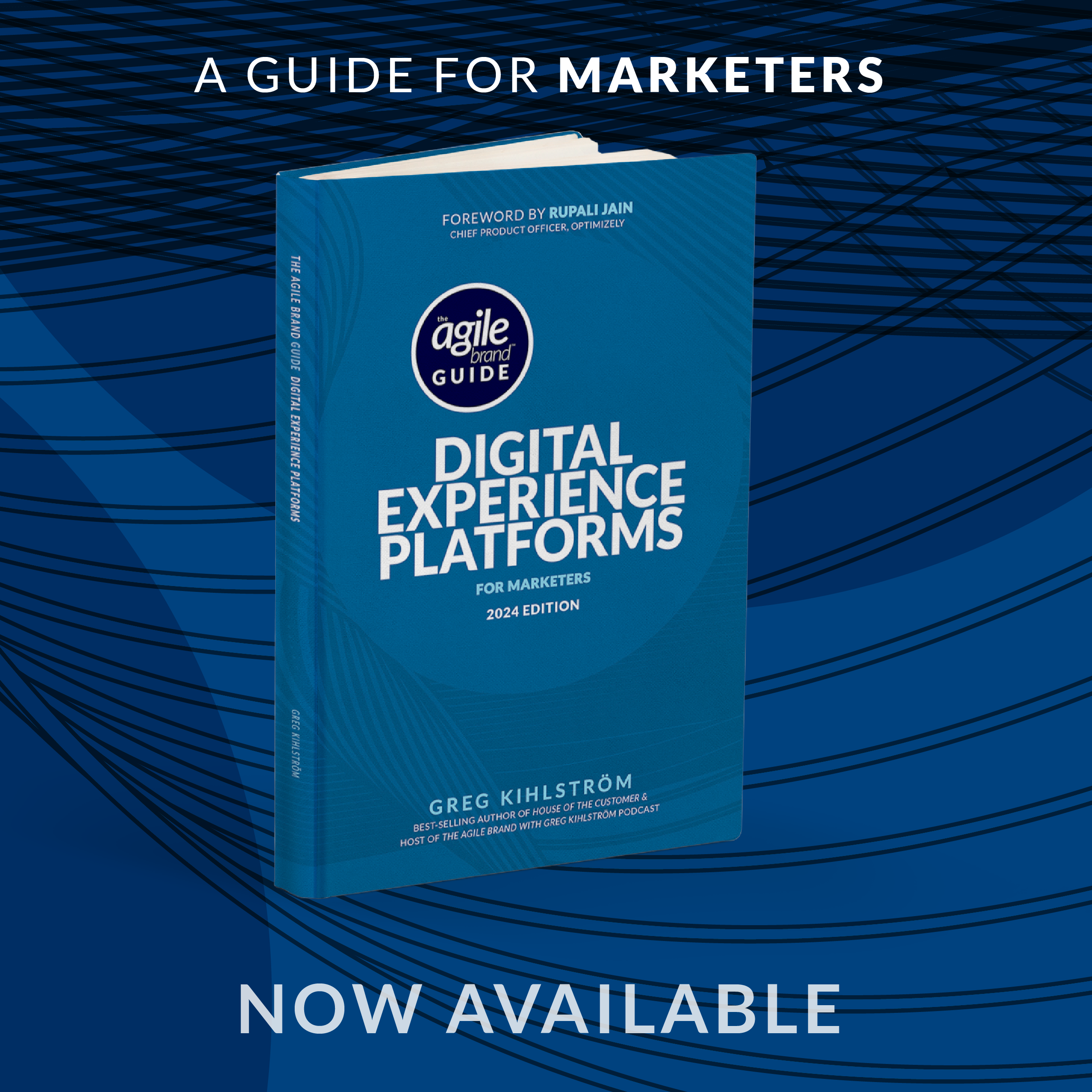The simple response is NO. While these terms are frequently interchanged, distinct nuances differentiate them. This article delves into these disparities, aiding in the identification of the right solution for your business requirements.
What is a Customer Data Hub (CDH)?
A central data hub (CDH) functions as a single location for consumer information, enabling businesses to compile and handle information from several sources. It aims to provide an integrated view of customer data, making it easier to identify patterns and trends in consumer behaviour. Tealium Customer Data Hub is a well-known example of a data hub.
What is a Customer Data Platform (CDP)?
A customer data platform (CDP) is a tool that serves as a solution that rapidly collects, stores, and arranges customer data, facilitating companies in building a thorough and accurate comprehension of individual customers.
Distinguishing itself from a CDH, a CDP goes beyond aiding businesses in tailoring customer engagements across diverse channels like email, web, social, and mobile.
For instance, If you are looking at connecting LinkedIn Ads to your customer data strategy, a CDP can provide a comprehensive view of your customers, including their interactions, preferences, and behavior across various touchpoints.
This enriched customer profile can help you segment your audience, personalize ad content, and optimize ad targeting on LinkedIn to drive better results and ROI. Recommended CDPs include Segment and Optimove.
Key Differences Between CDHs and CDPs
1. Data Management Focus
CDH
The primary focus of a CDH is to centralize customer data from various sources within an organization. It is a hub for collecting, integrating, and organizing customer data, ensuring consistency and accessibility across different departments and systems.
CDP
While data management is also part of a CDP’s functionality, it goes beyond just centralizing data. A CDP incorporates advanced data collection, integration, cleansing, and segmentation capabilities. It is designed to create a unified customer profile by aggregating data from multiple sources, enabling marketers to leverage this comprehensive view for personalized marketing and engagement.
2. Marketing Functionality
CDH
CDHs do not have integrated marketing features. Their main function is to present a unified perspective of customer data for different teams in an organization, such as customer service, sales, and analytics.
CDP
CDPs are tailored for marketing use. They provide advanced marketing functionalities, including customer segmentation, campaign management, personalization, and omnichannel activation. CDPs empower marketers to leverage customer insights and deliver targeted, personalized experiences across multiple marketing channels
3. Scope of Data Sources
CDH
CDHs centralize customer data from various organizational sources, such as CRM systems, transactional databases, customer support systems, and marketing platforms. The focus is on internal data sources and systems.
CDP
CDPs also integrate external data sources in addition to internal data sources. This may include online behavioral tracking, social networking platforms, data from third-party suppliers, and more. Through integrating data from both sources, CDPs aim to offer a comprehensive consumer perspective.
Some Customer Data Hub (CDH) Use Cases
Customer Service and Support
CDHs give customer service teams a comprehensive view of customer information, helping them provide personalized and efficient support. To deliver a more personalized and informed service, agents can access customer data, including contact details, purchase history, and previous interactions.
Marketing Analytics and Reporting
CDHs offer marketing teams a centralized source of customer data for analysis and reporting. Marketers can gain insights into customer behavior, campaign performance, and customer segmentation to optimize marketing strategies and improve targeting.
Some Customer Data Platform (CDP) Use Cases
Personalized Marketing Campaigns
CDPs enable marketers to create highly personalized marketing campaigns by leveraging unified customer profiles. Marketers can segment customers based on their preferences, behavior, or demographics and deliver targeted messages and offers across various channels, such as email, social media, or personalized website content.
Customer Retention and Loyalty
CDPs can help organizations identify opportunities for customer retention and loyalty programs. Organizations can identify at-risk customers by analyzing customer data, create personalized retention strategies, and deliver targeted loyalty rewards or incentives.
How Can Organizations Determine Which Solution, CDH or CDP, is The Right Fit For Their Needs?
Step 1: Assess Data Management Requirements
Evaluate your organization’s data management needs. Determine if you primarily require a centralized repository for data consolidation and accessibility (CDH) or if you also need advanced marketing capabilities for personalized experiences and targeted campaigns (CDP).
Step 2: Identify Business Goals
Define your organization’s specific business goals and objectives related to customer data. Consider factors such as improving customer experiences, enhancing marketing effectiveness, driving revenue growth, or optimizing customer segmentation. Align these goals with the capabilities offered by CDHs and CDPs.
Step 3: Evaluate Marketing Needs
Assess your marketing requirements and desired functionalities. Determine if you need advanced marketing features such as audience segmentation, personalization, campaign management, cross-channel orchestration, or marketing automation. A CDP might be a better fit if these capabilities are crucial for achieving your marketing goals.
Step 4: Consider Data Integration and Scalability
Evaluate the integration capabilities of the solutions and their scalability to handle your organization’s data volumes and complexity. Determine how well they can integrate with your existing systems, such as CRM, marketing automation, or analytics platforms.
Step 5: Evaluate Budget and Resources
Consider your organization’s budget and available resources for implementation, maintenance, and ongoing support. Evaluate the costs associated with CDH and CDP solutions, including licensing fees, implementation costs, and potential training or consulting expenses. Consider the level of technical expertise and resources required to implement and manage the solution effectively.
Final Thoughts
While CDH and CDP involve managing customer data, they have distinct differences in focus, functionalities, and scope. A CDH is primarily focused on centralizing customer data for internal use within an organization, whereas a CDP is a more comprehensive solution that combines data management capabilities with advanced marketing functionalities.









